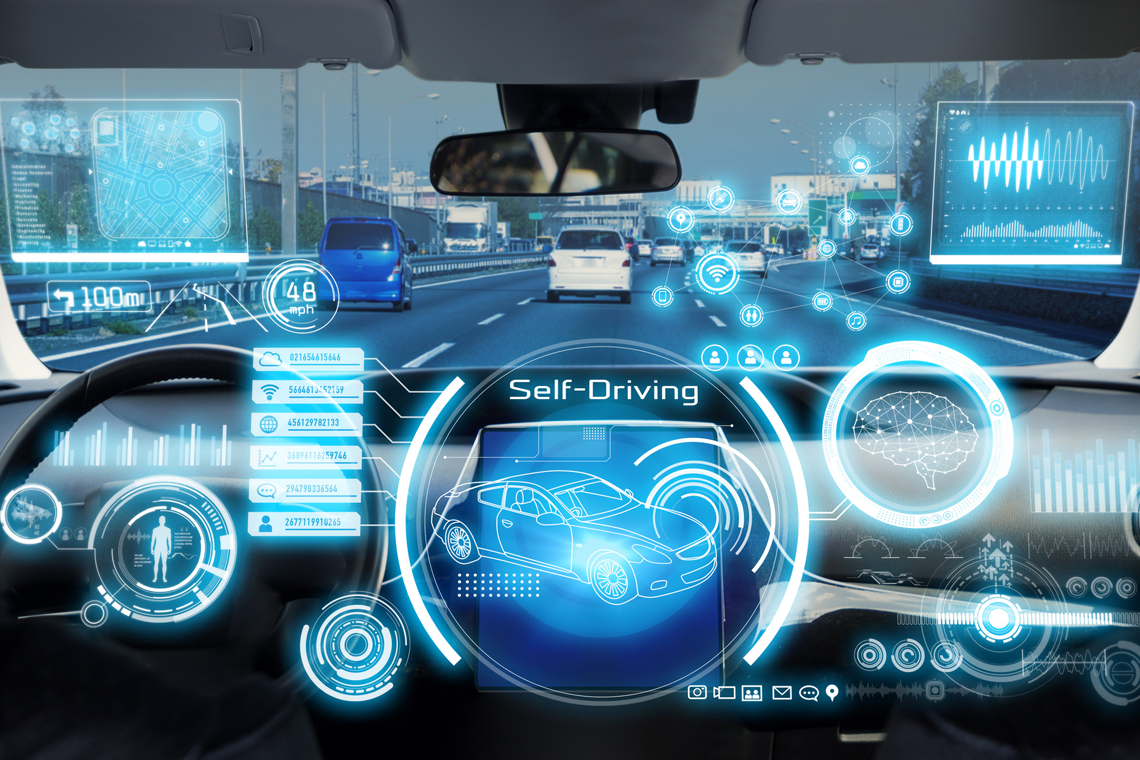Automotive
Sytem Transparency and Consumer Adoption of Autonomous Vehicles
By
Julian Brinkley, PhD, PMP
Published
07.19.2022
Domain
Autonomous Vehicles
Potential Benefits Of Automated Vehicle Technology
As automated vehicle technologies continue to advance, the potential benefits of this technology are becoming more broadly discussed. The most advanced of these technologies, SAE Level 5 fully automated or “self-driving” vehicles [1], [2] (AVs), have been described as revolutionizing personal mobility by minimizing the role of arguably error-prone human drivers.
By eliminating the need for a fatigued, distracted, or impaired human being to manipulate a vehicle’s manual controls, it is projected that deadly motor vehicle crashes may be reduced by as much as 90 percent [3]–[5] with the help of autonomous technology.
Furthermore, the development of this technology will improve the lives of those with visual and other impairments by broadening accessibility of cars and vehicles.
This drastic reduction in crashes will save lives and save millions of dollars in property damage and loss. Given that it is projected that consumers will first interact with automated vehicles via ridesharing platforms, like Uber and Lyft, it is further anticipated that the move towards automated vehicles will translate into fewer net vehicles on the road.
Instead of purchasing a personal vehicle, consumers may share vehicles in automated fleets; a move towards a Transportation-as-a-Service (TaaS) model of vehicle use.
The overall net reduction in vehicles on the road may reduce climate change-related greenhouse gasses while also redesigning city centers and roadways.
While the benefits of vehicle automation are significant, consumer adoption is critical for these benefits to be realized. If consumers refuse to trust in the reliability and safety of automated vehicle technologies, the likelihood of such vehicles on roadways is significantly reduced. As the related research suggests, the factors that will affect consumer adoption are many, from cost to perceptions of safety.
However, despite the rapidly growing body of automated vehicle consumer research, we argue that the awareness and understanding of an AV’s operation have been overlooked.
Specifically, what are consumer perceptions regarding an automated vehicle’s communication of overall status (e.g., fuel levels, sensor accuracy, operational status)? Further, what are consumer perceptions regarding communication of vehicle intent related to specific driving maneuvers and decision-making processes?
We believe that answers to these questions are of critical importance to consumer adoption of autonomous vehicles.
References
- “SAE International Releases Updated Visual Chart for Its ‘Levels of Driving Automation’ Standard for Self-Driving Vehicles.” https://www.sae.org/site/news/press-room/2018/12/sae-international-releases-updated-visual-chart-for-its-%E2%80%9Clevels-of-driving-automation%E2%80%9D-standard-for-self-driving-vehicles (accessed Mar. 07, 2021).
- SAE International, “Surface Vehicle Recommended Practice: Taxonomy and Definitions for Terms Related to Driving Automation Systems for On-Road Motor Vehicles,” SAE International, J3016 JUN2018, Jun. 2018. Accessed: Apr. 26, 2019. [Online]. Available: https://saemobilus.sae.org/content/j3016_201806
- National Highway Traffic Safety Administration, “Automated Driving Systems | NHTSA,” United States Department of Transportation, 2020. https://www.nhtsa.gov/vehicle-manufacturers/automated-driving-systems (accessed Jun. 18, 2022).
- National Highway Traffic Safety Administration, “Adapted Vehicles,” NHTSA, Sep. 09, 2016. https://www.nhtsa.gov/road-safety/adapted-vehicles (accessed Mar. 12, 2021).
- N. Strand, J. Nilsson, I. C. M. Karlsson, and L. Nilsson, “Semi-automated versus highly automated driving in critical situations caused by automation failures,” Transp. Res. Part F Traffic Psychol. Behav., vol. 27, pp. 218–228, Nov. 2014, doi: 10.1016/j.trf.2014.04.005.
